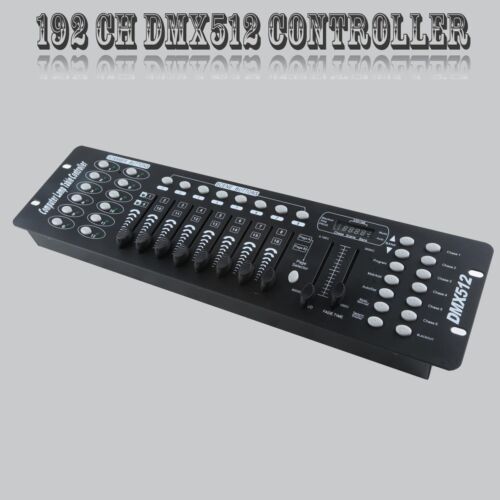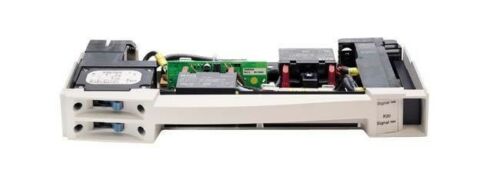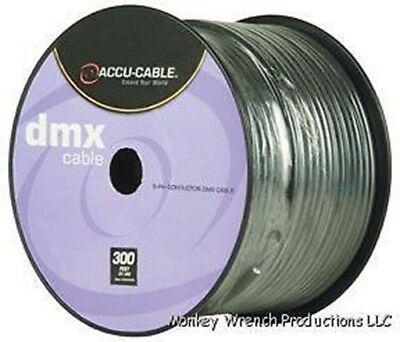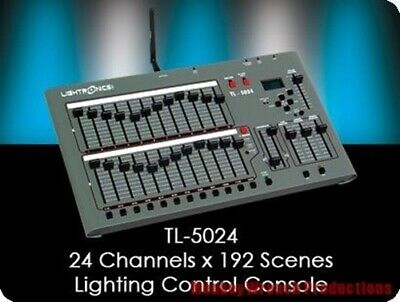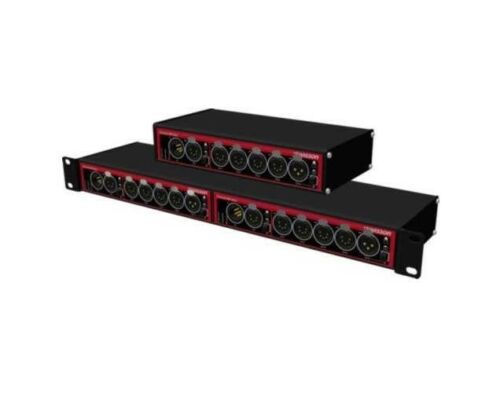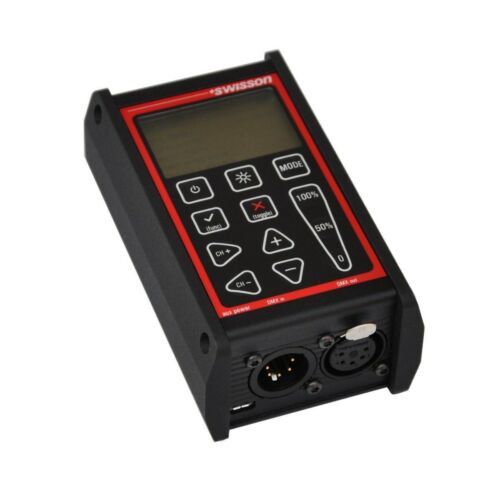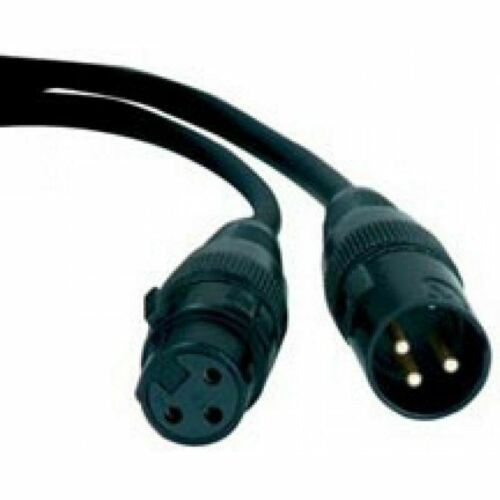-40%
Doug Fleenor Design Analog to DMX 48 Channel Signal Converter Interface ANL2DMX
$ 1029.59
- Description
- Size Guide
Description
Doug Fleenor Design Analog to DMX 48 Channel Signal Converter Interface ANL2DMXDoug Fleenor Design Analog to DMX 48 Channel Signal Converter Interface ANL2DMX
Doug Fleenor Design Analog to DMX 48 Channel Signal Converter Interface
Product Description
The analog to DMX512 converter accepts 48 discrete analog control voltages and generates a DMX512 control signal based on these inputs. The most common configuration converts each analog signal to one DMX512 output level with the first analog input being converted to DMX512 input number one, the second analog input being converted to DMX512 slot number two, and so forth. The input analog control voltage is usually zero-to-ten volts, but units can be modified to accept virtually any control range.
More customized analog to DMX512 converters can provide further functionality. The ANL2DMX can source voltage for external potentiometers or switches to control each output channel. Additionally the outputs can be programmed at the factory to produce specific values based on the inputs. Some of these advanced features have been used to provide cue triggering for Flying Pig Systems Hog II Console; and 24 personal single channel controls for talent lighting specials for a Readers Theatre. The possibilities are only up to the creativity of the end user. Give us call so we can assist you in your application, we like to talk with our customers.
Analog to DMX512 converters have the DMX512 output electrically isolated from the analog input. This is desirable when interfacing control systems which may have incompatible grounding schemes.


